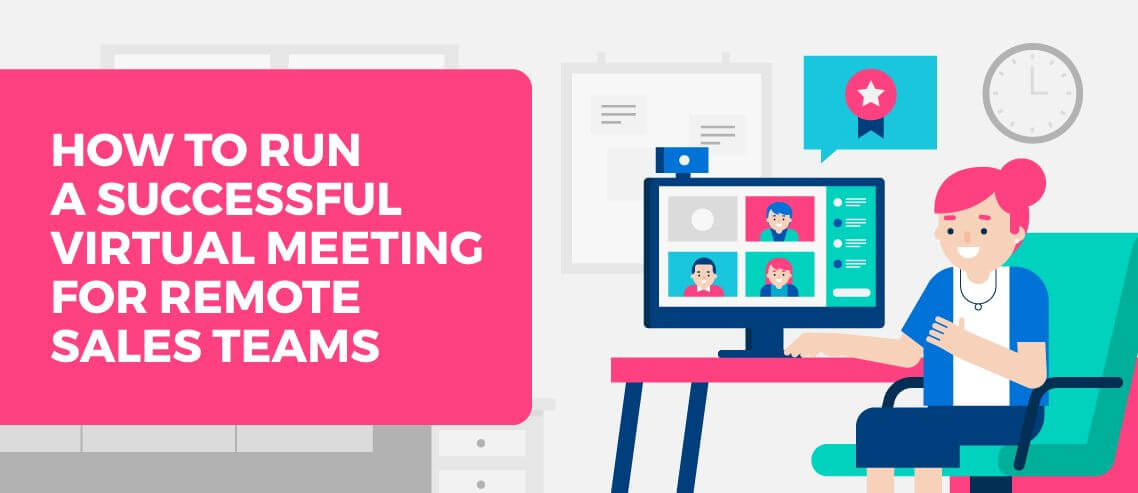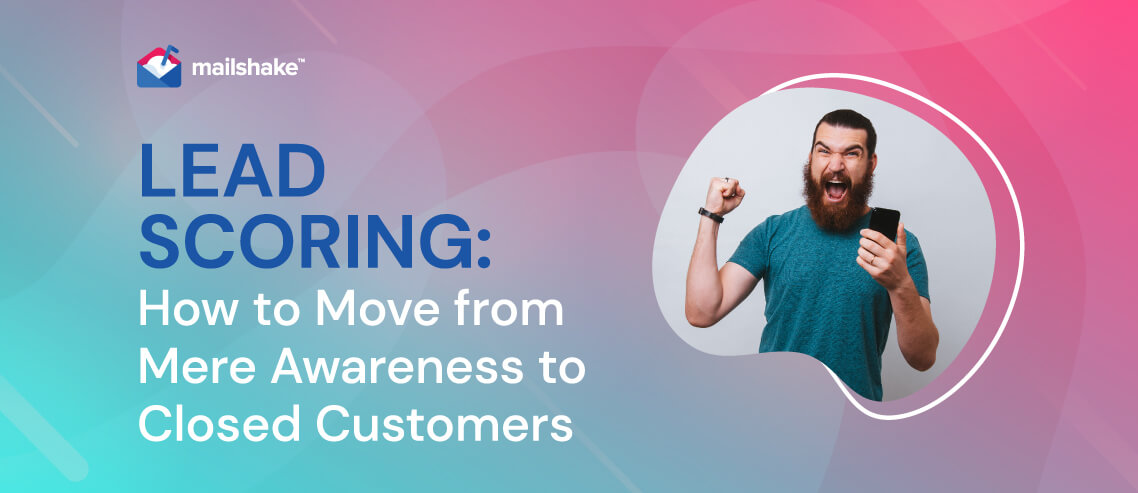Relationship Selling: Definition, Techniques, and Examples
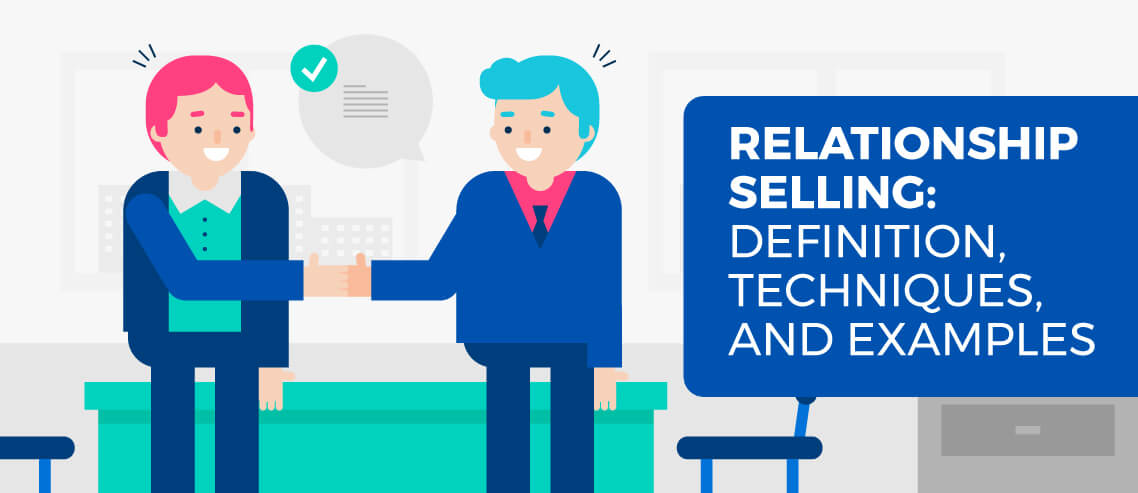
Contents
Relationship selling is – as the name implies – a sales technique based around using relationships to close sales. It’s typically used to sell high-ticket items and things like customizable software – purchases that have a long sales cycle.
It’s used because:
- Few customers buy high-ticket or customizable software without giving their options a great deal of thought. Being proactive in building relationships with potential customers can significantly up the odds of you securing a sale.
- It’s easier to keep an existing customer than secure a new one, and relationships play a key part in helping customers stick around.
- People buy from sales reps who are genuinely excited about their work and what they sell. In fact, 68% of customers are reportedly lost because of indifference or perceived apathy – perceptions that relationship selling can help mitigate.
At the opposite end of the scale is transactional selling – the approach usually used to sell low-ticket items with a short sales cycle. The focus of a transactional sale is the product itself, rather than the customer and their needs.
Transactional selling is generally all that’s required to sell low-ticket items, simply because the less an item costs us, the fewer questions we’re likely to have. Generally all we need to know is what the product does, and what it costs.
High-ticket items are a whole different kettle of fish. The decision to buy can take weeks or even months. Those of us tasked with selling high-ticket items need to be doing much more than pushing our product and its features and benefits – we need to be working closely with our prospects to learn about them and their needs, and how our product can meet them.
We need to be practicing relationship selling.
Relationship selling is just one of many skills you should have in your sales toolbox. For more sales skills every salesperson needs to master, check out all of our resources on sales skills you should build.
Relationship Selling Techniques
To come up with a few techniques you can work on if you want to start relationship selling – or improve your existing relationship selling skills – I sat down with Amy Volas, founder and CEO of Avenue Talent Partners for her insight.
Check out the video below to see our whole conversation, and read on for the main takeaways.
Find Common Ground
To build a relationship with someone – anyone – you need to get to know them on a personal level. The easiest way to do that is to find some common ground.
Ally Pelle once wrote about techniques she used for establishing commonality when she worked in sales at HubSpot – things like:
-
- When you’re on the phone, listen to what’s in the background. Can you hear kids or a dog barking? Use these things to start a conversation.
-
- Look at your prospect’s LinkedIn profile – did you study the same subject? Go to the same college? Maybe you know someone who did?
- Check where they live. Do you know anyone who lives there? Have you been there yourself? Are you thinking about visiting (or maybe you are now?) Try asking them what they’d recommend you do when you get there.
Ally also suggests a few things not to talk about, with one topic in particular standing out: the weather.
In fact, try and steer clear of any small talk. It’s usually a dead-end conversation that does little to further a relationship.
Get Better at Listening
I often see inexperienced salespeople make the mistake of talking too much. This might be because they think the more they talk about the product, the more the customer will want it, or it might just be that they don’t know how to listen.
Either way, data collected by Sales Hacker from thousands of sales calls signals that, in fact, it’s probably not just inexperienced reps who are guilty of talking too much.
They found that the average sales rep talks 75% of the time, and lets their prospects talk just 25% of the time:

Yet the data shows that listening is directly correlated with success, with the “winning” ratio sitting at 43% pitching, 57% listening:
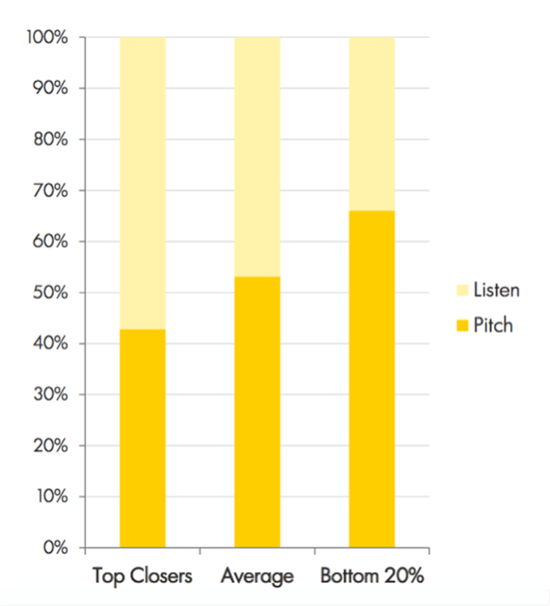
Improve your listening skills, and not only will your prospects like you more, but it will help you understand their needs so you’re better positioned to sell them the right product.
“Research suggests that we only remember 25%-50% of what we hear – that means that we miss up to 75% of what the customer is saying.” David Jacoby, Sales Readiness Group
Add Value
Add value by leveraging opportunities to help your prospects out. Maybe you’re trying to sell them a product that you know will resolve pain point x for them, and you can send them a resource that you know will help them in the meantime. Perhaps you can offer them a consultancy call. Maybe you can gift them swag of free tickets to an event.
In an article for HBR, Fred Reichheld gives a great example of how an employee at Rackspace provided added value to a customer.
During a lengthy troubleshooting call, the employee heard the customer say to someone in the background that they were hungry. The employee put the customer on hold and ordered them a pizza. When the doorbell rang half an hour later the employee told them to answer the door because it was a pizza. Understandably, the customer was both surprised and excited.
While this is an example of added value with the “wow” factor, smaller gestures can still go a long way.
Whatever it is, offering prospects real value beyond what you’re trying to sell makes you worth talking to. Needless to say, you’ll have a much easier time building a relationship with and ultimately selling to prospects who want to talk to you, than those who don’t.
“The amount of value you offer is an important metric to gauge the success of your business. Competition is high so you have to go above and beyond what the average person is doing and figure out how you can help your customers.” – Sajjad Shahid, Ecommerce Community Manager at Cloudways. A Managed Ecommerce Hosting Platform.
Know (and Love) Your Subject Matter
Chances are you regularly – or always – sell to the same types of people. Maybe they’re tech CEOs, or heads of marketing at digital agencies, or pharmaceutical VPs. Either way, if you frequently find yourself speaking to people from a specific industry, there’s really no excuse for you not to know about that industry.
Don’t get me wrong. I’m not saying you need an encyclopaedic knowledge of the internal combustion engine to sell to a car manufacturer. But if you’re going to build a strong relationship with your prospects – a relationship that allows you to pitch to them as a trusted expert, rather than a salesperson looking to make a quick buck – then you absolutely need to understand what’s going on in their sector.
Take a look at Mark Cuban. The Shark Tank investor is a self-professed voracious reader who loves immersing himself in new subjects and marketplaces. His thirst for knowledge makes him extremely valuable, because his words carry genuine substance. That puts him in a position to forge meaningful bonds that transcend the traditional salesperson-client relationship.
Provided you’re prepared to do your homework, there’s no reason why you can’t take a leaf out of Mark’s book. But it might require a change in mindset, from “I need to contact as many prospects as possible RIGHT NOW”, to “I’m going to slow things down, focus on learning about a single industry for the next two hours, then reach out to people in that industry”.
Amy Volas is a big believer in this approach. Here’s what she has to say about her process:
“Let’s say I have 10 accounts that are focused on healthcare and those accounts are all Fortune brands, they’re going to be going through some of the same things. Maybe we’re approaching an election year and healthcare’s going to be a part of that, how do they feel about that? I’m going to read up on that, and when I reach out to them I can actually have a very productive conversation to understand how this affects them, what are their goals as a result of it, how are they preparing for it? You’re not asking them the read, rinse and repeat, standard-issue questions. You’re having a business conversation.”
Be Totally Honest with Prospects
This goes beyond not telling tall tales regarding your product’s capabilities, or trying to hide things in the fine print that you fear would put a prospect off (though you should, of course, be upfront about that stuff, too). 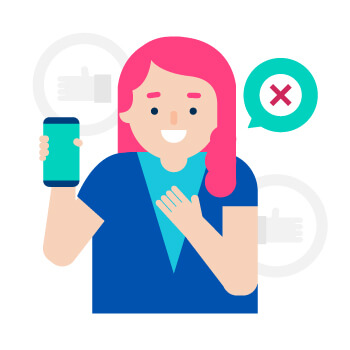
“Always tell the truth. Then you never have to remember anything.” Mark Twain
If a product isn’t right for a prospect, speak up. If a competitor’s product would suit their needs better, tell them. It will earn you their respect, and may potentially earn you a referral – even if it loses you that specific sale.
While it seems many sales reps struggle with the idea of being so honest with prospects that they willingly lose themselves a sale, the concept is nothing new. In fact, Mary Anne Wampler and Theresa Gale touched on this in their 2006 book Wake Up and Sell. They stated how their clients and prospects trust them as a result of their wholehearted honesty – especially the fact that they will speak up if they don’t believe their service is right for them:
“Prospects and clients trust me because I’m not afraid to tell them the truth and I won’t promise something I can’t deliver. I’ll also tell the prospect if my product or service isn’t right for them.”
Be Reliable
If you say you’ll call a prospect at 3 p.m. or will email them something right after a call – make sure you do it.
Intentionally or not, if you say you’ll do something and you don’t, you’re going to lose their trust and you’re going to be unable to build that relationship or, in turn, sell to them.
Be Real
Prospects can tell when you’re “faking it,” so don’t. You’ll have a serious problem connecting with prospects if you’re not being genuine, so make a point of relaxing and being yourself (within reason, of course). If you love what you do and believe in your product, this should come naturally. 
Writing for the Huffington Post, Brian Ainsley Horn calls “being yourself” the magic sales bullet – and he has a point:
No one expects you to be the “perfect” salesperson and to know everything – at least, not unless you act like you do. Be yourself, and not only will you have a far easier time building relationships, but you’ll be seen as more “human” – and consequently, prospects will be more forgiving when you make mistakes, just like all humans do.
“You don’t have to be the best speaker and you don’t need all the answers. However, you should stay true to your values and have your personality in your sales message.”
Be Patient
Relationship selling rarely happens overnight – especially since you’re likely selling high-ticket items.
It typically takes time and involves a lot of back-and-forth and following up, so you need to be super patient with prospects. The higher the price of what you’re selling, the longer you can expect to wait between first contact and closing. You might need to consider looking into a pricing strategy for digging deeper into the subject.
Relationship Selling: Examples in Practice
There’s a good chance that throughout your life, you’ve made many purchases as a result of relationship selling – even if neither you, or the person selling to you, was aware of this. 
Many of us visit the same barber or hairdresser repeatedly – not just because we like how they do our hair, but because we like them and we want to be loyal to them and their business.
A lot of us like to revisit the same place when we go on vacation and stay in the same hotel. When we do that, the staff typically learns our name and our preferences; things like our favorite room and what drink we order at the bar. The effort the hotel’s staff puts into learning these things is a form of relationship selling, even if we tend to think of it as simply good service.
Of course, you’re probably not running a hotel or hair salon – you’re probably here because you want to learn more about how relationship selling can be applied to a B2B environment.

Take “Alex” (not his real name). Alex leads a wealth management firm. While his business is based on helping clients manage their money, there’s actually so much more to what he does:
“They need help from time to time in various aspects of their lives. I get to know about these issues because they have financial impacts. Marriage, Children, College, Divorce, Insurance, Disease, I hear about them all. It is important to weave all aspects of the client’s life through their financial affairs, nothing personal happens in isolation.”
Alex cites one example in which he spent an hour talking to a client’s 19-year-old daughter about how to manage her $3000.
While the daughter wasn’t his client, and there would be no direct financial benefit to Alex from talking to her, it made the client happy, and opened up the possibility that the daughter too would become a client in future. Since it can take a long time for our efforts to pay off, forward-thinking is an essential part of relationship selling.
Apollo Angco puts his success as a sales representative at August99 down to the fact that he prioritized building relationships with his prospects overselling to them. He did that in large part by making a point of listening to his prospects far more than he spoke to them:
“I believe that the key to selling isn’t speaking and what to say – it’s listening.”
He also mentioned how he preferred to pick up the phone (instead of sending emails), and take detailed notes of conversations with prospects and clients. This is great advice. Building relationships via email is really hard – use it sparingly. Taking notes is invaluable since it will help impress a potential customer with how carefully you listened to them, and how much you remember of what they told you.
Mark Resnick, VP of sales at The Artcraft Company, secured a $116,000 order as a result of relationship selling. The client in question was an existing customer that another member of the team had worked closely with, until Resnick took over.
The relationship Resnick’s colleague had built up with the client gave him an “in” that made it easy for him to secure a six-figure sale – something which may well have been impossible had the effort not been made to foster that relationship when the client was worth much less.
As another example, Amy Volas spent two years forging a relationship with an SVP of sales who matched her ideal buyer profile. She kept close tabs on his career trajectory and trends in his industry, reaching out to him every time something significant happened.
After a year, he started to engage with Amy’s content. This opened up a whole new avenue, allowing her to ask questions. Which articles did he read? Which was his favorite? What lessons did he take from them, and had he implemented any changes as a result? If so, what was the reaction from his team? They weren’t going through a sales process – they were having a genuine business conversation.
Amy and the SVP never ended up doing business together – but he became one of her biggest sources of referrals, winning her a ton of new clients. All because she was prepared to put the time in. Amy told me:
“People look at their opportunities as “closed, done”. But all of those carry a lot of opportunities for relationships like this. It doesn’t always have to be immediate, with a quick fix of giving me business.”
The lesson here is not to discriminate, and again, to look forward. A customer who’s worth very little to you now could be worth much more down the line – especially if you take the time to build a relationship that ensures they stay loyal to you as their business grows, and their needs increase.


